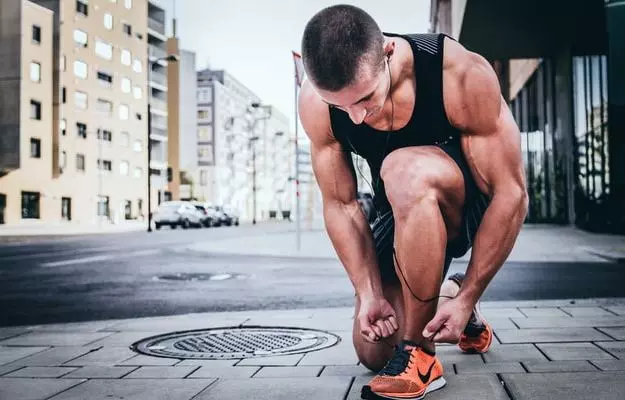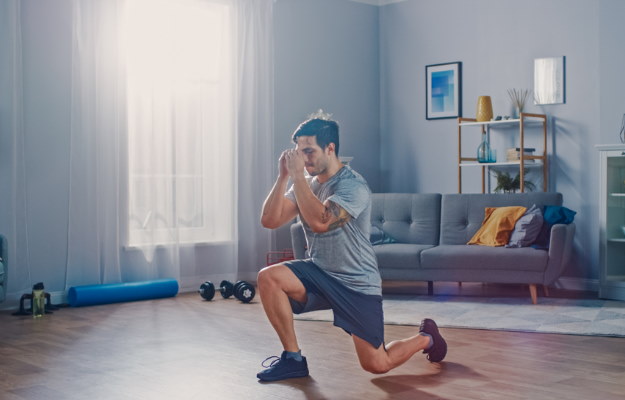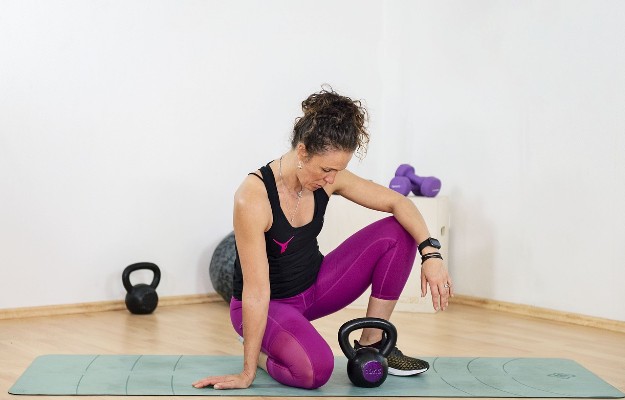That good physical health, obtained by strong muscles and skeletal system, is a byproduct of regular exercise and the right nutrition is no secret. The human body is built for regular movement, and movement through exercise helps regulate several bodily functions, helps maintain healthy body weight and lowers the risk of several diseases and keeps infections at bay.
Several studies have been performed to establish this aspect and benefits of exercise for the longevity of human life. And new research—published in the journal Science Advances that was published earlier this month, explains just that, especially in the case of chronic illnesses.
The study looked at the relationship between skeletal muscles and the condition of cachexia, in which the muscles and fat in the body waste away as an after-effect of severe chronic illness. This condition also severely weakens the immune system of the body as a result.
Cachexia is a common condition that affects people suffering from severe forms of illnesses such as the various types of cancers. The National Cancer Institute of the United States estimates that almost one-third of all cancer deaths are as a result of the wasting syndrome of cachexia, which is characterised by a dramatic loss of skeletal muscle mass and substantial weight loss.
If you are tired of dieting and exercising and are not able to lose weight, then use myUpchar Ayurveda Medarodh Fat Burner Capsule, it has no side effects, order it today and avail the benefits.
Cachexia usually occurs in advanced stages of cancer and is most commonly seen in cases of pancreas cancer, stomach cancer, lung cancer, oesophageal cancer, colorectal cancer and head and neck cancer. In cachexia, the muscles and fat tissues of the body break down irreparably, leaving patients so frail that they are barely able to walk.
A 1993 study published in Nature had first highlighted the T-cell exhaustion that took place during severe chronic infections that pointed towards the development of conditions such as cachexia.
Another research published in the American Journal of Physiology, Endocrinology and Metabolism in 2013 also established a close relationship between another type of immune cells of the body (microphages) and muscle cells. This study, however, focused on skeletal muscle inflammation due to regular exercise, muscle damage or regeneration, or even inflammation arising out of obesity.
It also found that skeletal muscles contain resident immune cells and employ more when muscles contract and expand during exercise and muscle building. It is the skeletal damage during exercise that triggers the strengthening and growth of the muscles that prevents future damage.

























